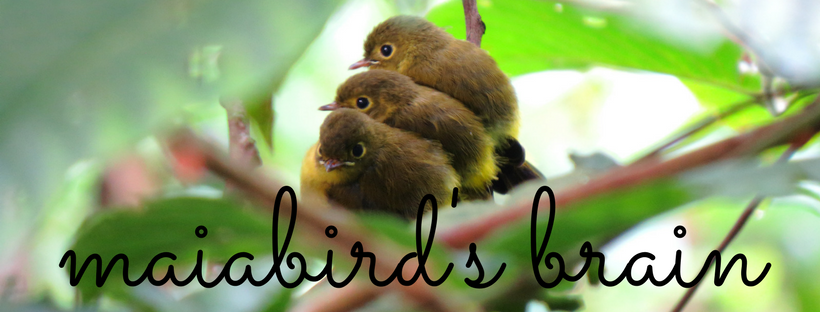... the birds, not me. It's breeding time for most of the birds in Candaba and us four birders found ourselves unofficially invited to the affair.
Jops, Trinket, Peter and I found ourselves exploring a new area in the Candaba wetlands last Saturday. We guided a group of students and their parents that morning and found ourselves wanting to bird some more. We've already seen hundreds of
Philippine Ducks with the kids, together with a small group of
Tufted Ducks and some
Northern Shovelers, but we had the rest of the afternoon free to bird by ourselves.
The people and farmers in the area pointed us to the location where we could see the ducks. And ducks we did find! Thousands of them!
 |
| Part of the huge congregation of Philippine Ducks! |
Among the ducks, we also saw lots of male
Garganeys! The white stripes on their heads peeking out of the green reeds. Unfortunately they were too far even to digiscope. The other "well-dressed" birds in their breeding plumage were also among the reeds. Lots of
Pheasant-tailed Jacanas walking around, sometimes only their long tails visible in the sea of green.
 |
| How many Jacanas can you spot? |
 |
One of the Pheasant-tailed Jacanas walking around, showing off its
long-tailed breeding plumage! |
It was really amazing seeing a lot of these birds, most of them sporting the long tails and flying from one pond to the next, showing off its beautiful wing pattern when in flight. Beautiful, beautiful birds!
We were also treated to huge groups of
Oriental Pratincoles, also in their breeding plumage. Some of them would just be standing on the road, flying when the car would approach but landing just a few meters further down the road.
 |
| Can you imagine seeing groups of this handsome bird dotting the road?! |
We saw a group of around 30 Pratincoles, with their backs turned to us, in a brown patch of rice field. Among them were a couple of
Oriental Skylarks running around!
 |
| Can you spot the two Oriental Pratincoles in this photo? |
There were so many wonderful birds to see so... we decided to count. Out came the scopes and the notebooks and we recorded the numbers of birds we saw.
 |
| Birders counting birds. |
After doing the counts, we walked further down the road. Before we reached the "end" of a long stretch, the ducks suddenly all took flight! Trinket and I literally didn't know which way to look! It was pretty awesome!
 |
| Jops and Peter and the huge flock of ducks flying overhead. |
When the ducks finally settled down, a light rain began to fall. We headed back to the car but as we reached it, the rain stopped. We decided to call it a day. As we drove along, we encountered more birds dressed to the nines. We saw flocks of
Cattle Egrets, their feathers turning from the "standard" all-white to orange buff which is their breeding plumage.
We passed the last rice paddies with the Cattle Egrets before driving into more populated areas. We saw so many birds, most of them in their "best" plumage of the year. I can safely say there won't be any bird in a "Worst Dressed" list, at least for this season.

















